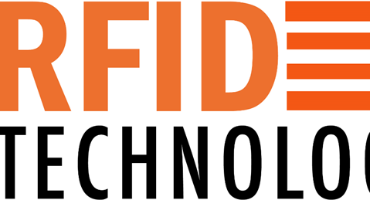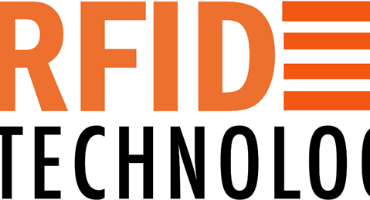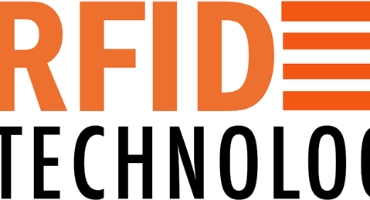Here's an overview of how Walmart's RFID mandate influenced the adoption of RFID technology:
Leadership and Influence: As one of the largest retailers in the world, Walmart's decision to implement RFID technology had a substantial impact on the industry. Walmart's size and influence prompted other retailers to take notice and consider adopting RFID technology in their own operations.
Supply Chain Visibility: Walmart's RFID mandate aimed to improve supply chain visibility and inventory management. By requiring its suppliers to implement RFID tagging on their products, Walmart sought to gain real-time visibility into inventory levels, reduce out-of-stock situations, and enhance overall supply chain efficiency. This focus on supply chain optimization encouraged other retailers and suppliers to explore RFID technology for similar benefits.
Technology Advancements: Walmart's RFID mandate spurred advancements in RFID technology itself. The increased demand created opportunities for technology providers to develop more affordable and efficient RFID solutions. This led to improved tag performance, increased read accuracy, and reduced costs, making RFID technology more accessible and attractive to a broader range of retailers.
Cost Reduction: Initially, the cost of implementing RFID technology was a barrier for many retailers. However, Walmart's RFID mandate helped drive economies of scale as the demand for RFID tags and readers increased. As adoption expanded, the cost of RFID hardware and tags decreased, making it more feasible for other retailers to invest in the technology.
Collaboration and Standards: To meet Walmart's RFID mandate, suppliers and technology providers had to collaborate and establish common standards for RFID implementation. This collaboration led to the development of industry-wide best practices, interoperability, and standardization, making it easier for retailers and suppliers to adopt and integrate RFID technology into their operations.
Increased Data Accuracy and Efficiency: RFID technology offers higher accuracy and efficiency compared to traditional barcode scanning. By automating the inventory tracking process, RFID enables faster and more accurate inventory counts, reduces human errors, and streamlines operations. This improved data accuracy and operational efficiency were key drivers for retailers to embrace RFID technology.
Broader Retail Market Adoption: Walmart's RFID mandate had a ripple effect across the retail industry. As other retailers witnessed the benefits of RFID implementation, they began to adopt the technology independently. This widespread adoption in the retail market created a positive feedback loop, further driving down costs, increasing technology advancements, and expanding the use cases for RFID beyond just inventory management.
Walmart's RFID mandate acted as a catalyst for RFID adoption in the retail industry and beyond. It created awareness about the benefits of RFID technology, encouraged collaboration and standardization, and pushed for advancements in RFID solutions.
Today, RFID technology is widely used in various retail applications, including inventory management, supply chain optimization, loss prevention, and improved customer experiences.
By combining with RFID UHF Readers, both Mobile RFID Handheld Readers and Fixed-Mount UHF RFID Readers, and RFID Antennas, and UHF RFID sensor label tags, organizations can achieve global visibility of their assets, products, or objects in real-time. This integration allows for efficient tracking, event detection, data analysis, and actionable insights, leading to improved operational efficiency, better decision-making, and enhanced supply chain management.
UHF RFID tags and label - both hard and soft UHF RFID Label Tags can be attached to items or packaging, allowing for real-time tracking of inventory. This enables businesses to automate stocktaking, reduce manual errors, streamline replenishment processes, and improve overall inventory accuracy. Real-time tracking of inventory doing automate stocktaking using UHF RFID Readers - both Fixed-mounted UHF RFID Readers as well as Portable Mobile UHF RFID Readers





